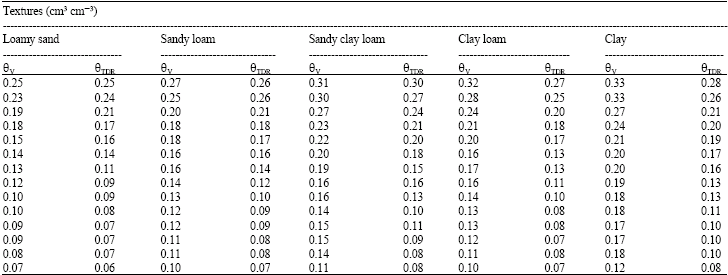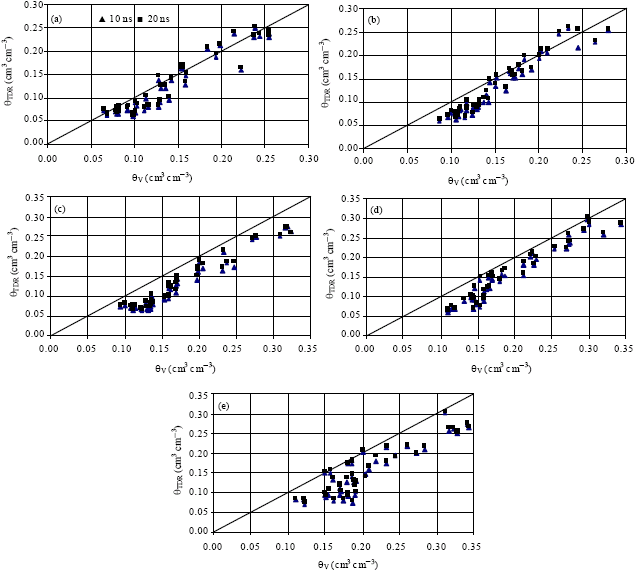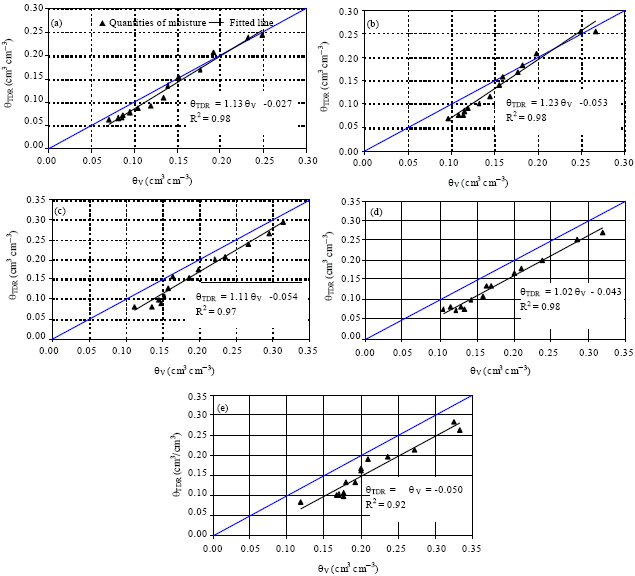Research Article
Impact of Soil Texture on the Calibration of TDR for Water Content Measurement
Department of Water, Agriculture Collage, Kurdistan University, Iran
S. Emamgholizadeh
Department of Water and Soil, Agriculture Collage, Shahrood University of Technology, Shahrood, Iran
H. Torabi
Department of Water, Agriculture Collage, Lorestan University, Iran
M. Behzadinasab
Regional Water Company of Kurdistan, Kurdistan, Iran
















